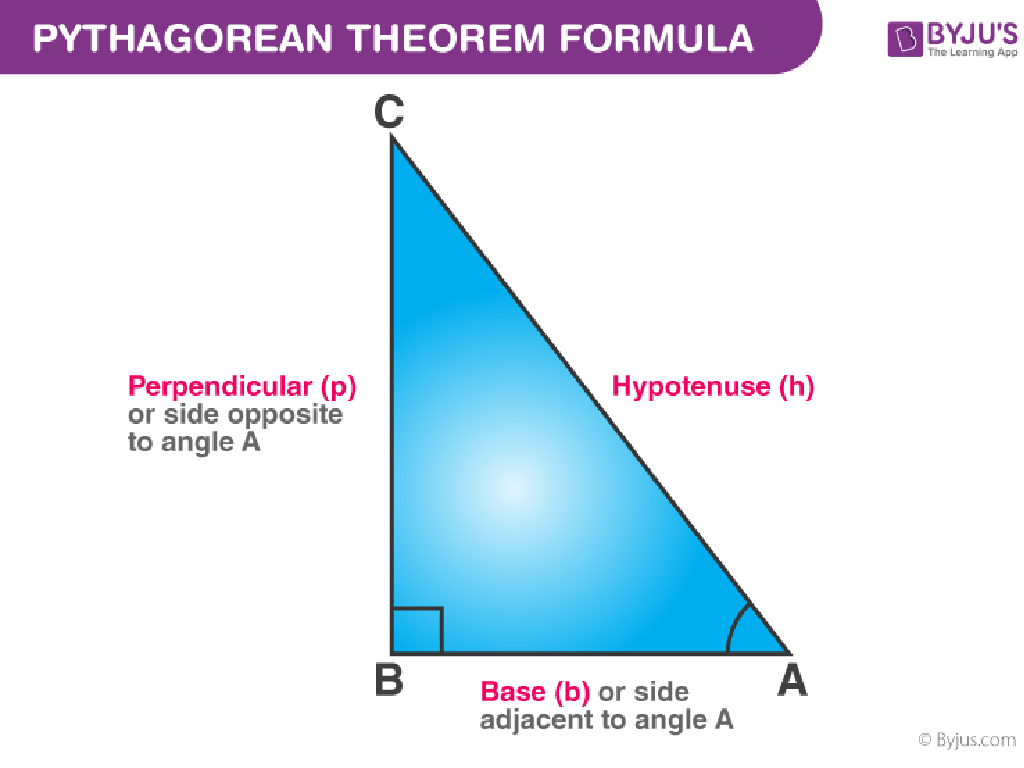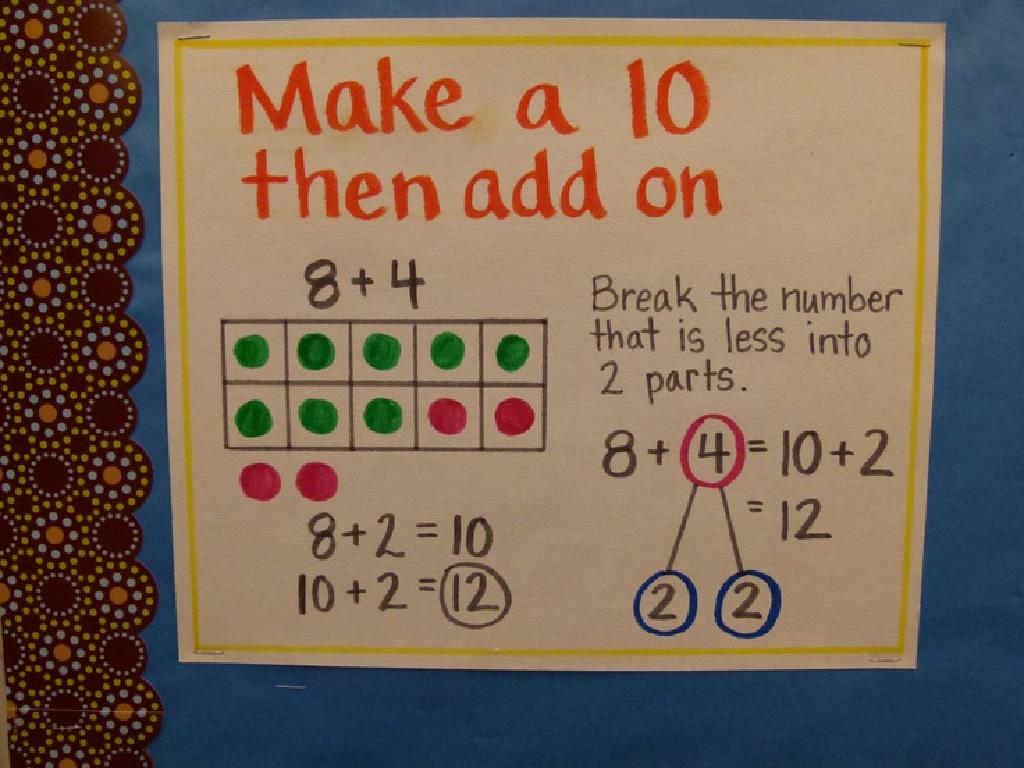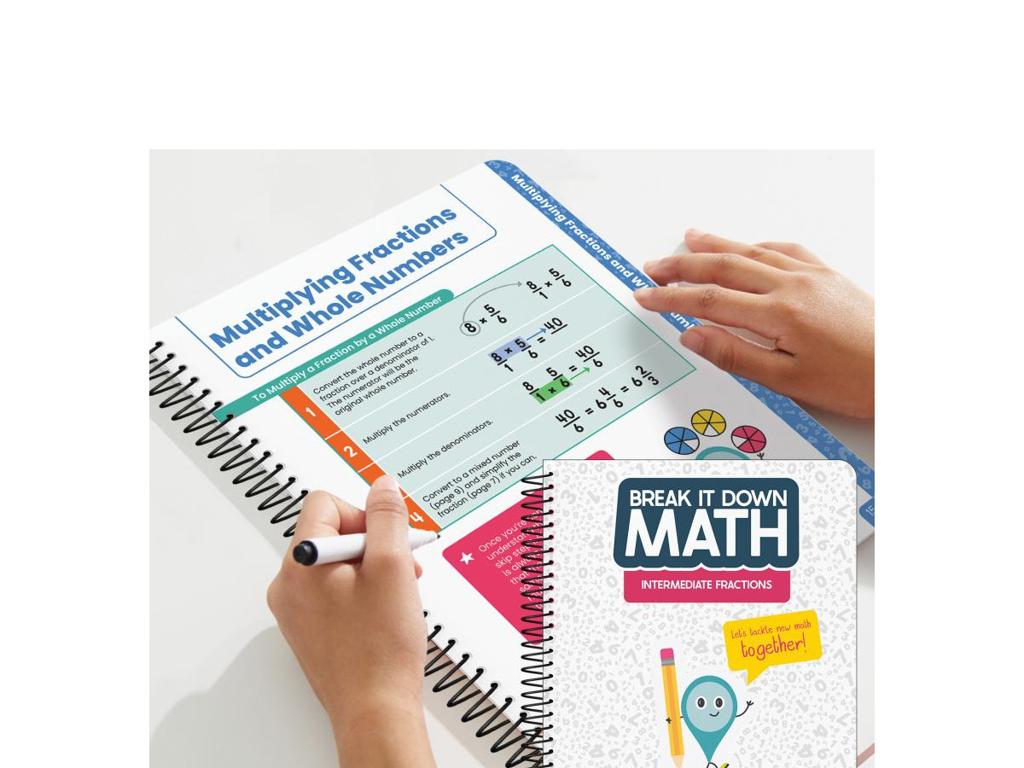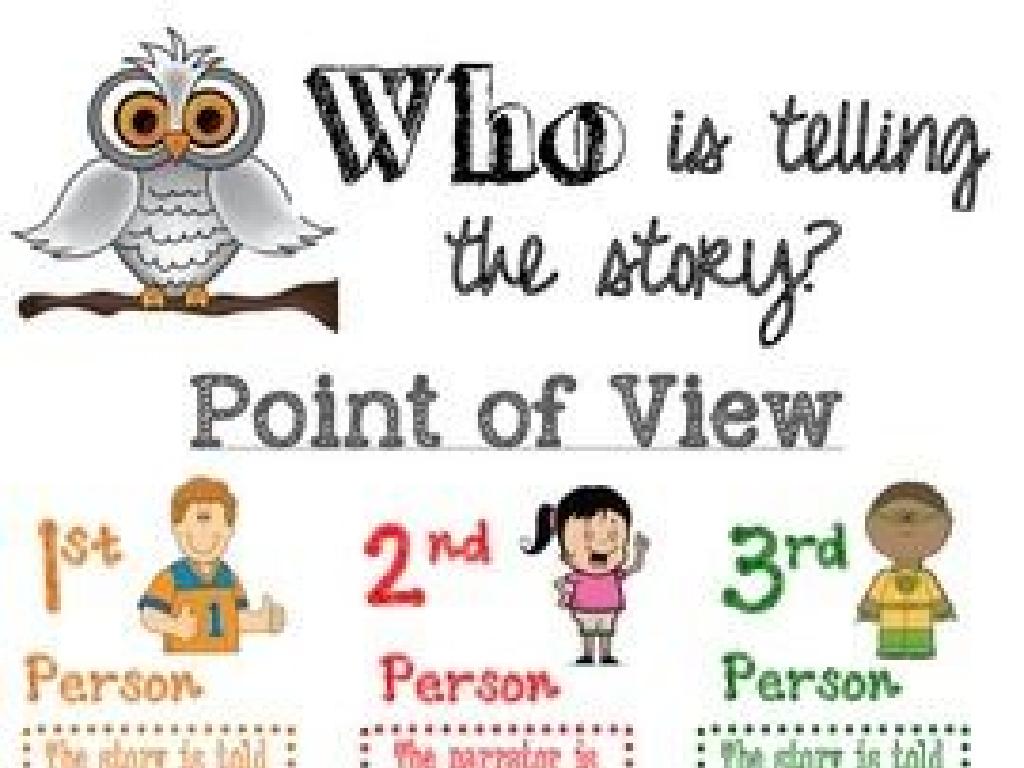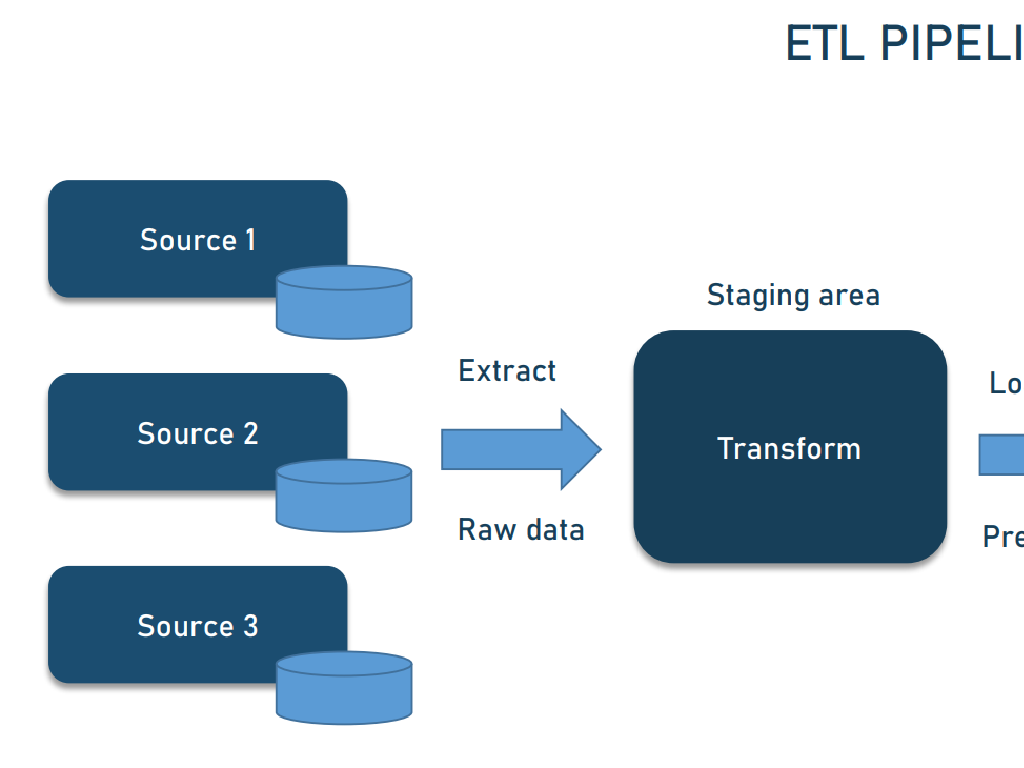Compare And Contrast In Informational Texts
Subject: Language arts
Grade: Eighth grade
Topic: Text Structure
Please LOG IN to download the presentation. Access is available to registered users only.
View More Content
Understanding Compare and Contrast
– Define text structures
– Text structures organize information in texts
– Today’s focus: Compare & Contrast
– Compare & Contrast shows similarities & differences
– Significance of text structures
– Recognizing structures aids comprehension
– Analyzing Compare & Contrast
– Look for signal words like ‘similarly’, ‘however’
|
Begin the lesson by defining text structures as the frameworks that authors use to organize information in informational texts. Emphasize today’s focus on the Compare and Contrast structure, which helps readers understand similarities and differences between concepts or items. Discuss why identifying text structures is crucial for comprehension and analysis of texts. Teach students to recognize signal words and phrases that typically indicate a Compare and Contrast structure, such as ‘similarly’, ‘on the other hand’, ‘both’, and ‘unlike’. Provide examples from texts that use this structure and guide students in identifying and using signal words to better understand the author’s intent and the information presented.
Understanding Compare and Contrast
– Define Compare and Contrast
– Comparing is finding similarities, contrasting is finding differences.
– Everyday life examples
– Comparing prices, contrasting opinions in a debate.
– Enhances comprehension
– Helps organize and analyze information for deeper understanding.
– Apply to informational texts
|
This slide introduces the concept of compare and contrast as a text structure in informational texts. Begin by defining the terms ‘compare’ and ‘contrast,’ emphasizing that comparison looks for similarities while contrast looks for differences. Provide relatable examples, such as comparing prices while shopping or contrasting different opinions in a debate, to illustrate the concept in everyday life. Explain how comparing and contrasting can help us organize information and enhance our understanding of the material. Encourage students to apply these skills when reading informational texts to better analyze and comprehend the content. Discuss how these strategies can be used in various subjects, not just Language Arts.
Identifying Compare and Contrast in Texts
– Recognize signal words
– Words like ‘similarly’, ‘however’, ‘on the other hand’ indicate comparison or contrast.
– Look for visual cues
– Texts may use charts, tables, or different fonts to highlight comparisons.
– Practice with sample texts
– Find and highlight signal words in provided paragraphs.
– Understand usage in writing
|
This slide aims to equip students with the skills to identify compare and contrast structures in informational texts. Start by explaining signal words and phrases that often indicate comparison (‘alike’, ‘similarly’) or contrast (‘but’, ‘however’, ‘on the other hand’). Show how visual elements like charts, tables, bold or italic fonts can serve as cues for comparison or contrast. Provide sample texts for students to practice identifying these words and visual cues. Emphasize how recognizing these structures can enhance comprehension and writing skills. For the activity, students will individually identify signal words in sample texts, promoting active engagement with the concept.
Compare and Contrast in Informational Texts
– Utilize Venn Diagrams for organization
– A Venn Diagram helps visualize both common and unique aspects of concepts.
– Collaborative reading of a passage
– We’ll read a passage together to identify comparable elements.
– Interactive Venn Diagram completion
– As a class, we’ll fill out a Venn Diagram based on the passage.
– Understanding similarities and differences
– This activity aids in distinguishing and relating the information.
|
This slide introduces the class activity focused on using Venn Diagrams to compare and contrast elements within informational texts. Begin by explaining the purpose of a Venn Diagram and how it can help organize similarities and differences. Then, select a short passage appropriate for eighth graders, which contains clear elements to compare and contrast. Read the passage together as a class, and guide students through the process of filling out a Venn Diagram based on the text. Encourage students to participate and discuss their thoughts on the similarities and differences they identify. This will help them understand how to analyze and structure information from comparative texts effectively.
Writing with Compare and Contrast
– Structuring Compare & Contrast paragraphs
– Use a topic sentence, details of similarities, differences, and a concluding sentence.
– Key phrases for comparison
– Phrases like ‘similarly’, ‘just as’, and ‘both’ signal comparisons.
– Sentence starters for contrast
– Start with ‘on the contrary’, ‘however’, or ‘in contrast’ for differences.
– Class activity: Craft your paragraph
|
This slide introduces the concept of writing using compare and contrast in informational texts. Start by explaining the structure of a compare and contrast paragraph, which includes a clear topic sentence, followed by sentences that describe similarities and differences, and a concluding sentence that summarizes the main points. Introduce key phrases that signal comparison, such as ‘similarly’ or ‘both’, and sentence starters that introduce contrast, like ‘however’ or ‘on the contrary’. For the class activity, students will write their own paragraphs using the structures and phrases discussed. Provide them with a list of topics or let them choose their own. Possible activities include comparing two animals, historical events, or scientific concepts. Encourage creativity and critical thinking.
Group Activity: Compare and Contrast
– Form small discussion groups
– Receive unique comparison topics
– Create a comparison presentation
– Use Venn diagrams or T-charts to organize similarities and differences
– Present findings to the class
|
This group activity is designed to engage students in collaborative learning. Divide the class into small groups, ensuring a mix of abilities in each. Assign each group a unique topic related to the current unit of study. Topics should be rich enough to allow for meaningful comparison and contrast. Provide guidance on how to structure their presentations, perhaps suggesting the use of graphic organizers like Venn diagrams or T-charts to visually represent the information. Allow time for preparation and ensure each group understands they will present their findings to the class. Possible topics could include comparing two historical figures, contrasting two ecosystems, or examining different genres of writing. The goal is for students to practice identifying similarities and differences in a structured format and to enhance their public speaking skills.
Presentation and Peer Review
– Groups present findings
– Class gives feedback
– Offer kind, specific, and helpful suggestions
– Discuss presentation effectiveness
– Consider clarity, engagement, and information accuracy
– Reflect on learning
– How has the activity deepened your understanding?
|
This slide is designed to facilitate a collaborative learning environment where students actively engage in presenting their findings on compare and contrast in informational texts. Each group will take turns to present their work to the class. Following each presentation, classmates will provide constructive feedback, focusing on the clarity of the content, how engaging the presentation was, and the accuracy of the information presented. The class will then discuss the effectiveness of each presentation, considering how well the group conveyed the comparison and contrast of the texts. The teacher should guide the feedback to be constructive and foster a supportive atmosphere. The reflection part will encourage students to think about how the activity helped them understand the concept of compare and contrast in informational texts better. The teacher should prepare different activities for students to engage in during the presentations, such as note-taking, feedback forms, or a rubric to assess their peers.
Review and Reflection: Understanding Text Structures
– Recap of today’s lesson
– Application of text structure knowledge
– How might recognizing structures help with comprehension?
– Homework: Analyze an informational text
– Choose a text and pinpoint the compare and contrast structure.
– Share findings in the next class
– Be prepared to discuss how this structure helped your understanding.
|
Today’s lesson focused on identifying and understanding the compare and contrast structure in informational texts. Students should reflect on how this knowledge can aid in better comprehension of texts across subjects. For homework, students are tasked with finding an informational text and identifying the compare and contrast structure within it. This exercise will help reinforce their learning and prepare them for more advanced analysis of text structures. In the next class, students will share their chosen texts and discuss how identifying the structure contributed to their understanding of the content.

